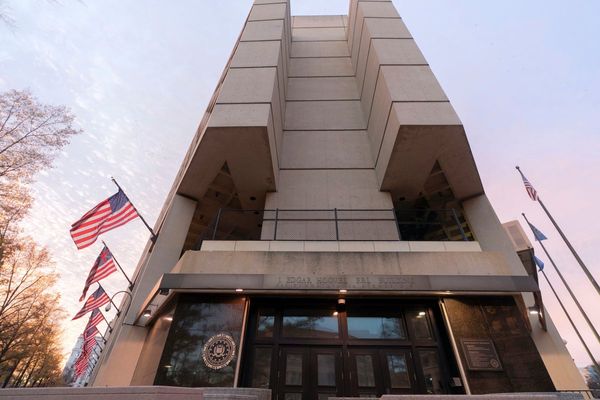
Often the mention of infrastructure development projects conjures up a mental picture of massive capital expenditure. One thinks of the physical architecture of interrelated systems providing commodities and services and their accompanying functions. However, a recent experience in a small Zambian town recently illustrated the value of integrated planning accompanied by solid stakeholder engagement - water supply to the border town was more than doubled in a day.
Kazungula is a small border town in the Southern Province of Zambia, lying on the north bank of the Zambezi River some 70km west of Livingstone. A quadripoint where four countries almost meet, it is a strategic geography. Water is supplied by the Southern Water and Sewerage Company (Swasco), a parastatal which operates on commercial lines. Despite its small population of 3000 residents and strategic position along the banks of the 1.37m square kilometres Zambezi, there has been a perennial challenge of under supply of water to the town and surrounding areas, where an estimated 80% of the residents lack direct access to water.
The current water system in Kazungula, apart from minor rehabilitation works such as the installation of new supply lines into residential areas, dates as far back as far as 1933. Swasco, which took over the provincial water system in the year 2000, has been both planning and looking to leverage finances for the expansion of the infrastructure to narrow the supply gap, particularly in the light of the imminent construction of the multi-national Kazungula Bridge, which is expected to encourage the exponential growth of the population to 25,000 by 2030.
Support to Kazungula was prioritised as part of the 12 Towns Project, aimed at providing sustainable and equitable access to a safe water supply to 12 Zambian border towns in 2011. DfId's Climate Resilient Infrastructure Development Facility (CRIDF) – implemented by Adam Smith International - recently deployed technical specialists to examine how these objectives could be achieved, while avoiding the trap of wantonly providing capital infrastructure without an underlying need. The team was taken on a guided tour by Swasco Planning & Development Manager, Mr. Ndila Hamalambo, who indicated that the utility was laying a new water intake main line from the Zambezi River to provide a continuous supply of 100 litres per person per day 24/7. That tour contextualised the difficult history of infrastructure development, which included inadequate financing, weaknesses in institutional capacity, and low access to water supply and sanitation.
CRIDF's team made an immediate technical assessment showed that the water supply service levels in Kazungula could be essentially doubled by maximising the use of existing infrastructure. At a basic level, the team found a method of connecting a previously unused second raw water pump, taking advantage of unused capacity in the pipeline. This solution, designed in one day, effectively doubles the potential water available with a small change to the original designs and minimal additional capital costs. This solution also means that additional Swasco revenue can be generated by maximising the use of existing water infrastructure addressing to some extent the utility's financial woes.
The technical expertise provided by programmes like CRIDF matters. Kazungula requires significant capital investment to extend water supply infrastructure, which CRIDF aims to supply. However, as this case study shows, infrastructure investment must be accompanied by targeted, expert assistance to ensure the infrastructure is operated effectively. CRIDF's support will ensure Kazungula gains both the capital and technical assistance required for effective, sustainable, and inclusive infrastructure development.
Content produced and managed by Adam Smith International







